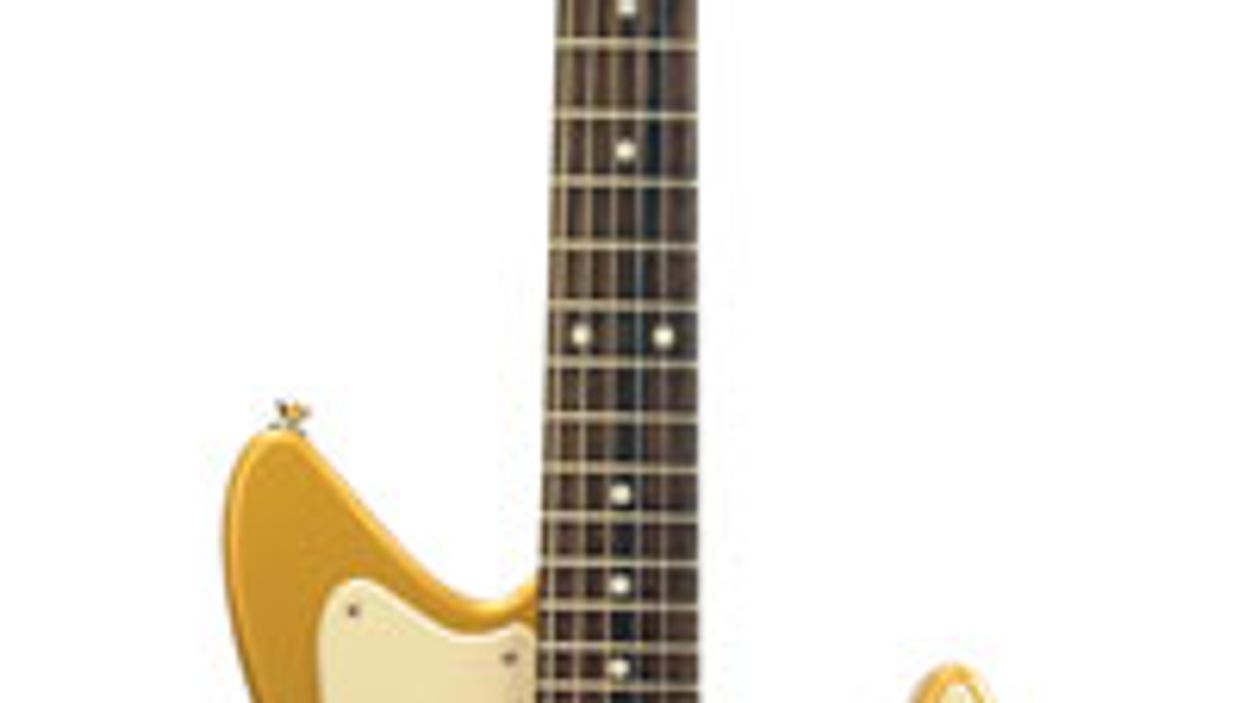Search
Latest Stories
Start your day right!
Get latest updates and insights delivered to your inbox.
grosh-jazz-stratmaster-goldtop-shapes-don-old-copy-electrajet-instruments-specs-standard-moniker-looker-player-maple-neck-pickguard-pickup-hardward-ma
Don’t Miss Out
Get the latest updates and insights delivered to your inbox.
Recent
load more

